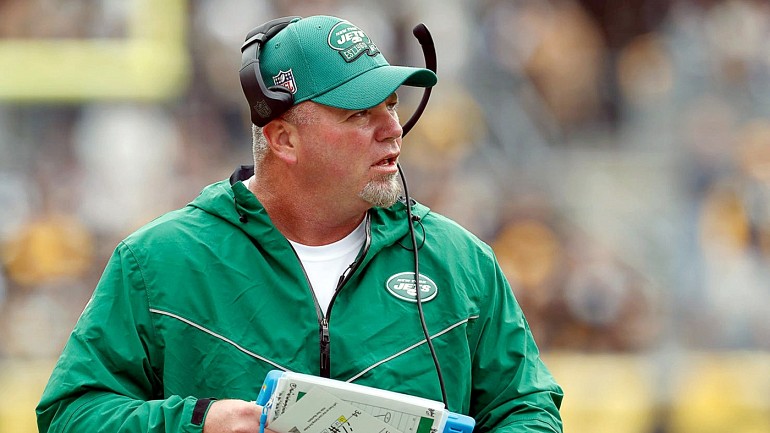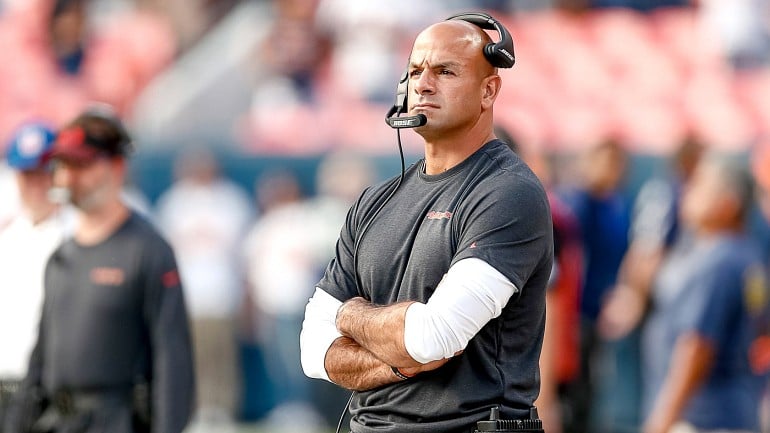Injuries last season presented several San Francisco 49ers players with an opportunity to move up the depth chart and impress the coaching staff. It seems to be happening again this offseason.
Tevin Coleman was signed in March to bolster a running back group which fought through injuries in 2018. Jerick McKinnon missed all of last season, his first with the 49ers, after suffering an ACL injury. Breida sustained a pectoral injury during a workout earlier this offseason and Raheem Mostert had a setback in his recovery from the broken forearm he suffered in early-November.
Coleman's signing was initially seen as the luxury addition. He was reunited with head coach Kyle Shanahan and run-game coordinator Mike McDaniel, and joined a running back group that was already rich in potential. Coleman has received the bulk of the reps in practices thus far due to the injuries to other players and potentially moved up the depth chart.
The real running back competition will begin during training camp in late-July when the previously mentioned injured players are expected to return. Whatever that final depth chart looks like, the 49ers may have one of the deepest running back groups in the league — again, based on potential.
At least one NFL assistant is impressed with the depth at the position.
"It's safe to say that this is the deepest backfield that I've ever been around," McDaniel recently told 49ers.com. "You could go to war with anybody on our roster."
That's exactly what the 49ers had to do last year. Although, that was out of necessity. Three different running backs (not counting fullback Kyle Juszczyk) started at least one game after McKinnon was lost for the season and Mostert saw his playing time significantly ramp up from previous seasons.
The 49ers coaching staff has been hard at work getting everyone up to speed on the playbook and tweaks to the offensive and defensive schemes. They are also working on getting new players, like Coleman, and any rookies up to speed. Coleman, however, does have an advantage over others. He played two seasons in Shanahan's offense when the 49ers head coach was Atlanta's offensive coordinator in 2015 and 2016 — Coleman's first two NFL seasons.
Familiarity doesn't necessarily mean Coleman was able to step right in from the start. He noted in May that the coaches have him lining up in spots which are new to him. Coleman has even run a few routes typically dedicated for receivers.
Coleman was asked about the difference between Shanahan in Atlanta versus in San Francisco.
"Now he can do anything he wants," Coleman responded. "He can put guys at multiple positions. He can put us (the running backs) in multiple positions to run different routes."
Coleman also noted that Shanahan, the head coach, is even more creative than Shanahan, the offensive coordinator.
The coaching staff won't begin to figure out the depth chart until after some training camp and preseason snaps have taken place.
"That conversation hasn't happened," passing-game coordinator Mike LaFleur said. "We're just so happy to look at that board and know we have a lot of quality running backs – guys who have played in this league and guys who have played in this offense."
Breida isn't worried about any running back having a lack of touches during the upcoming season. It doesn't matter what the depth chart looks like between himself, Coleman, and McKinnon.
"All three of us are going to be used a lot," Breida said in May. "I don't want to give away any secrets, but we're all going to be used in the offense."
LaFleur believes the running back group is so deep with talent that the coaching staff might have an unfair advantage over opposing defenses. Each week might see a different player take over the game.
Said LaFleur, "We know what these guys can do, so how can we exploit the defense with what they can do? It can change week in and week out."




